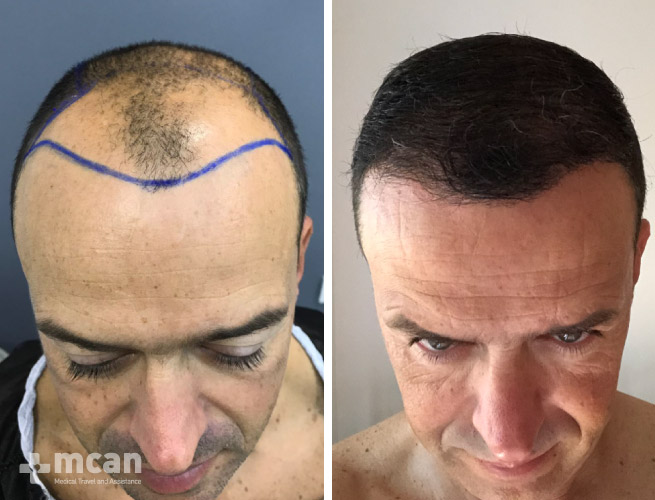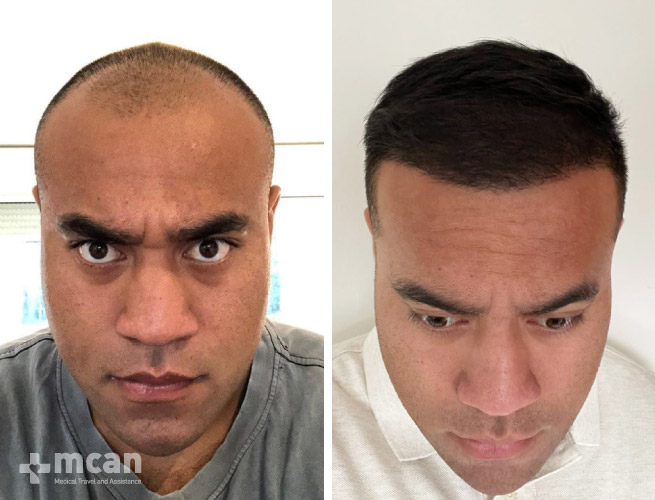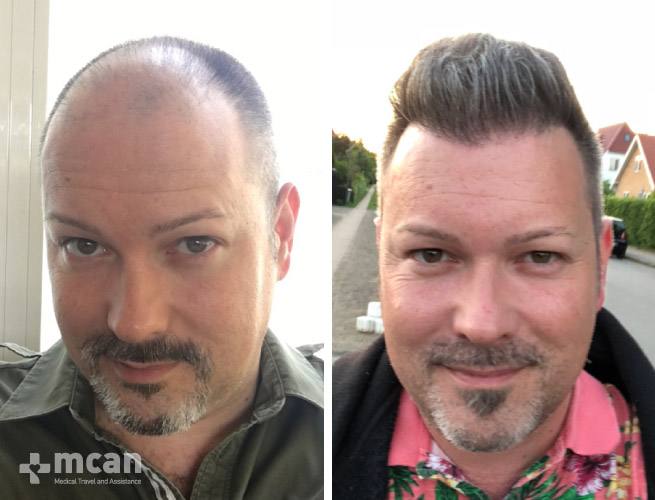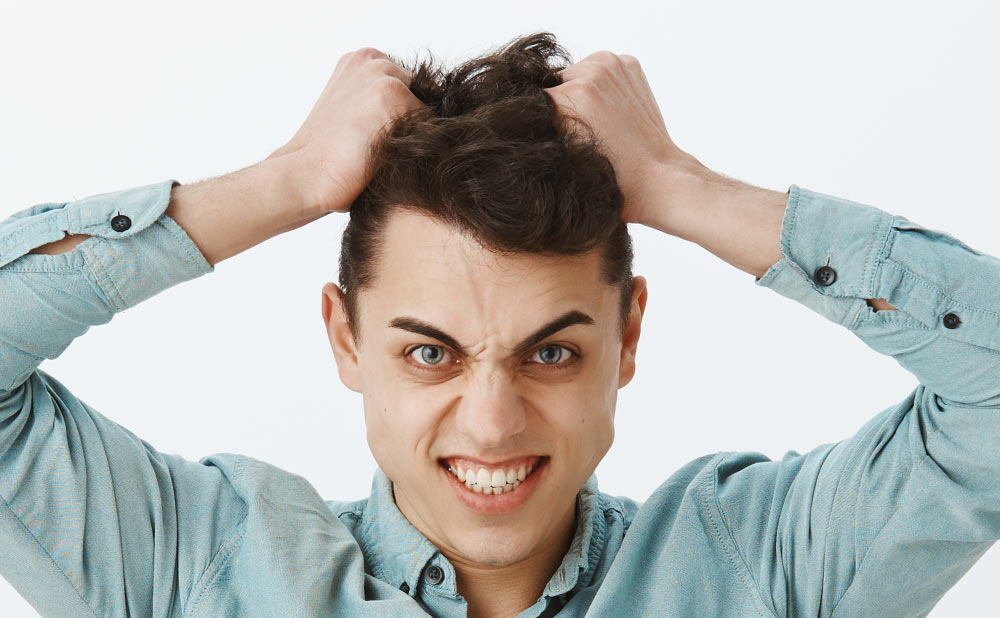
Have you ever wondered if your habit of twirling or tugging your hair could be something more? Or would you ever ask yourself “why do I pull my hair out?” Well, we invite you to a sincere discussion about trichotillomania, the hair pulling syndrome. No worries, no judgement, just a relaxed exploration of what it is, what to do if you suspect you have it, and a few solutions to make life easier. So, find yourself a comfortable spot and let’s talk about strands, habits, and everything hair pulling in a straightforward, no-fuss manner!
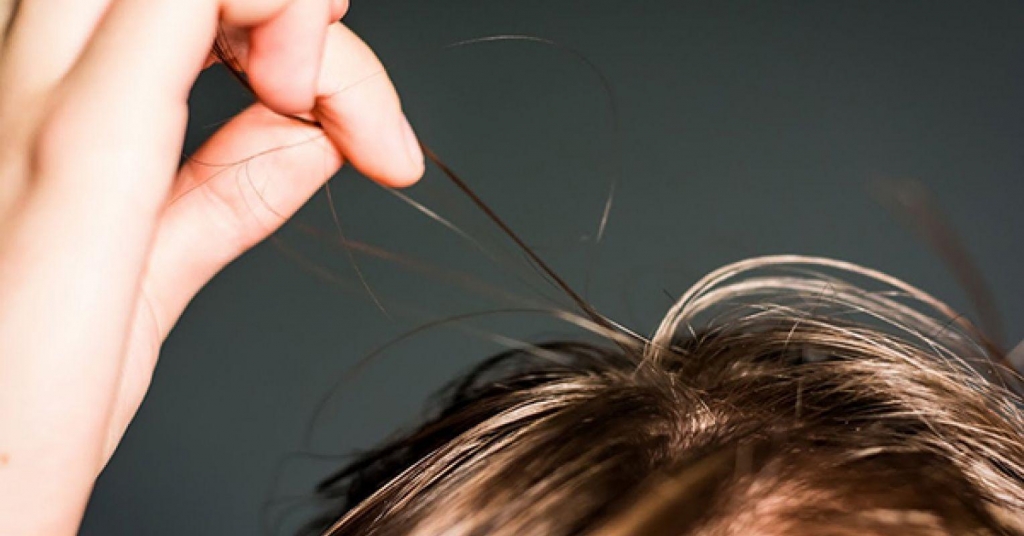
What is Trichotillomania?
To better understand the condition, we should look closely at the trichotillomania meaning. It is a condition characterised by an irresistible compulsion to pulling hair out. Individuals affected by it experience a powerful urge for hair pulling, which is accompanied by a growing sense of tension until they act on the impulse. They often feel relieved after acting on it. It is often done unconsciously, and people may struggle to control or stop the behaviour.
Most people with the syndrome pull out hair from their scalp, often focusing on a few specific areas. However individuals may pull the hair of different areas of the body including:
- the beard or moustache,
- eyebrows,
- eyelashes.
So, how do you know if you have hair pulling condition and should start to worry? Well briefly, if you frequently pull out your hair from your scalp or other body parts, you feel growing tension or anxiety before doing it and struggling to control or stop the hair pulling behaviour, despite efforts to do so, you may have trichotillomania, although the most correct diagnosis can only be done by an expert medical professional.

Why Does Pulling Hair Feel Good?
For people with trichotillomania, hair pulling is kind of a coping mechanism in response to stress, frustration, or boredom. This behaviour provides comfort and a tangible route for redirecting energy or calming feelings of restlessness. Even if you’re fully aware that you’ll regret it later, the act of pulling can have an oddly pleasant and soothing vibe.
Here’s the real twist: there’s also a biological component to this whole situation. Pulling hair out can cause the release of endorphins, the feel-good chemicals in your brain. It’s like a short-term pleasure journey that takes you away from whatever is upsetting you. And, guess what? That pleasurable sensation increases the likelihood that you will perform the hair-pulling repeatedly. It’s a tricky cycle, but understanding these dynamics can be a critical step toward addressing it.
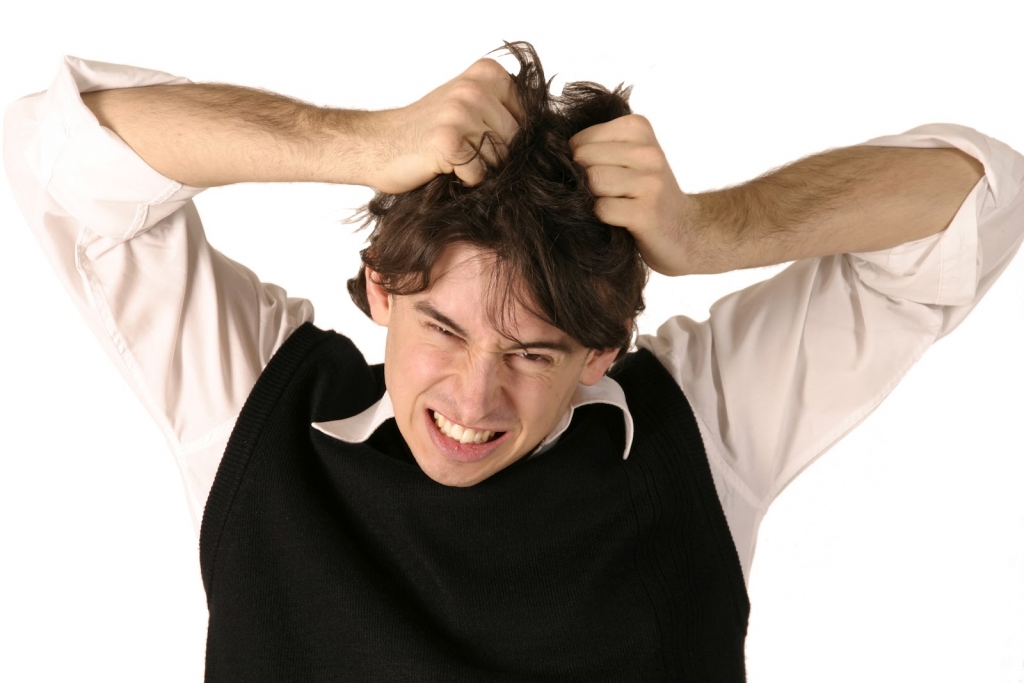
Trichotillomania Causes
Scientists are still unsure of the exact cause of trichotillomania, but ongoing investigation demonstrates a link with brain functions that govern impulse control, learning, emotion, and movement. It’s a complex interaction of brain chemistry, psychology, environmental factors, and stress.
Psychologically, it frequently coexists with emotional issues such as stress, anxiety, and depression. Hair pulling may be a coping mechanism for people who are experiencing negative emotions. Those with a family history of the disorder may be more susceptible. A study also suggests neurotransmitter imbalances, particularly in serotonin and dopamine, which influence mood and impulse control can be one of the reasons.
It is classified as body-focused repetitive behaviours (BFRB), alongside skin picking (dermatillomania) and nail biting. People who are prone to one BFRB may become susceptible to others.
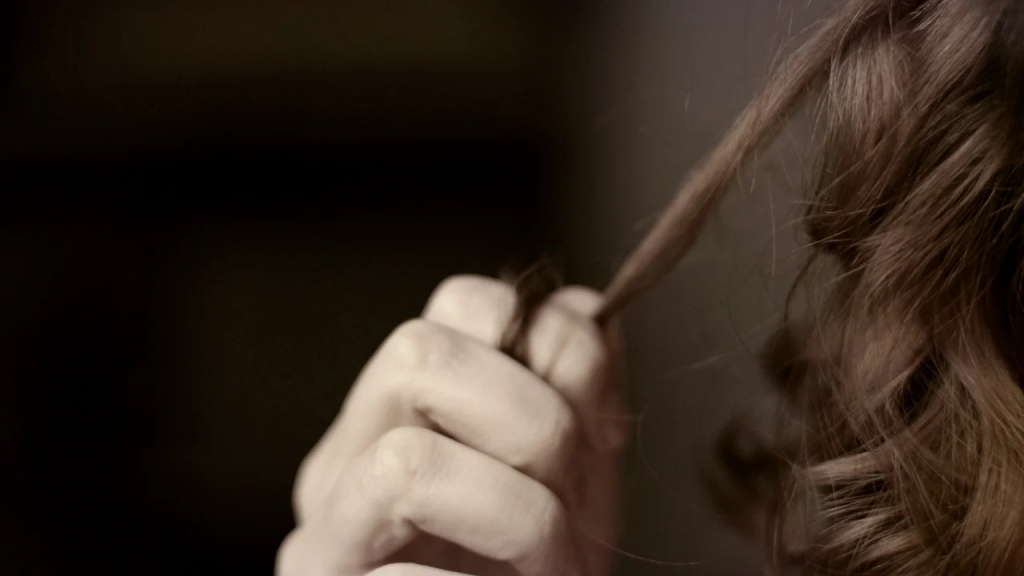
Is Trichotillomania OCD?
Trichotillomania and Obsessive-Compulsive Disorder (OCD) may appear similar, but they are actually distinct mental health conditions. It occurs when a person is unable to stop pulling hair out, resulting in noticeable hair loss – it is a repetitive habit. On the other hand, OCD is characterised by persistent thoughts that cause a person to repeat certain actions in order to relieve anxiety.
Recent research indicates that trichotillomania is quite common, affecting 0.5% to 2.0% of the population. Even though it was classified as OCD in the DSM-5 (a manual for mental health diagnoses), it turns out that they are not as similar as previously thought. Treatments for trichotillomania, such as habit reversal therapy or medications like n-acetyl cysteine or olanzapine, differ significantly from those used to treat OCD. Some of the standard treatments for OCD do not work well with trichotillomania.
To put it simply, it’s like treating two different things even if they appear to be similar at first glance. Doctors must use specific strategies for each to achieve the best results.
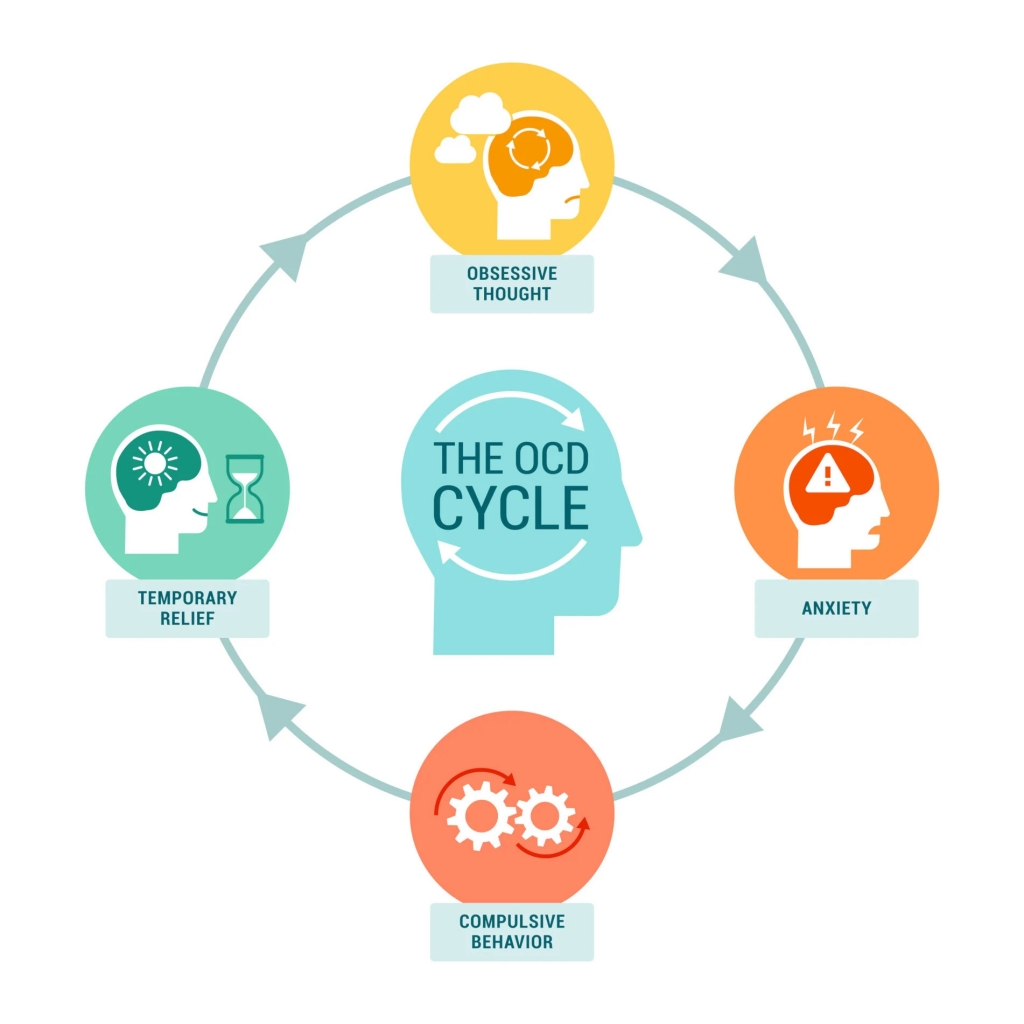
Dealing with Hair Pulling Disorder
The syndrome, in severe cases, can cause serious hair loss, which understandably has a significant impact on social life and confidence. The struggle with the urge to pull becomes an invisible challenge, affecting not only hair but also the connections that create a fulfilling social life. So, you may be asking yourself
- How to stop hair pulling? or
- What to do if I have a severe hair loss due to hair pulling?
Let us clearly explain it to you! Cognitive-behavioral therapy (CBT) has proven effective in treating it. So, you may be seeking help from a therapist that is expert on CBT. Also, Habit Reversal Training (HRT), a type of behavioral therapy, can aim to help people become more aware of their hair pulling habits and replace them with healthier ones. In some cases, medication may be prescribed, such as selective serotonin reuptake inhibitors (SSRIs) or other psychiatric drugs.

Aside from these medical solutions, there are some everyday solutions that you can start employ. Keep a journal to record when you have the urge to pull your hair, the situations in which it occurs, and any emotions you are experiencing. This can help you identify patterns and triggers, allowing you to be more aware of your habit.
Deep breathing, meditation, and progressive muscle relaxation are all mindfulness and relaxation techniques that can help you manage stress and anxiety, which are the most common causes of hair pulling disorder. You can also create a reward system for yourself if you resist the urge. This positive reinforcement can encourage you to keep up your efforts.
Having Severe Hair Loss due to Trichotillomania
Hair loss caused by trichotillomania can be an emotionally draining experience, affecting not only your reflection but also your ability to navigate social situations. The lack of hair may cause feelings of self-consciousness and isolation.
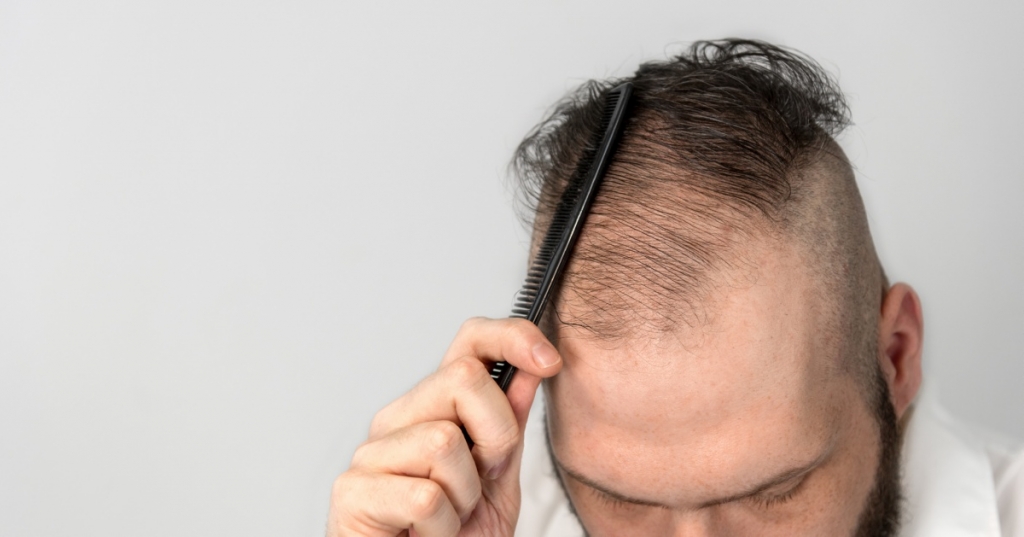
Remember, you are not alone, and help is available. If you are struggling with hair loss due to trichotillomania, you may contact us for hair transplant in Turkey to to restore your sense of self. However, if you have hair pulling disorder, it is critical to consult with a skilled medical professional who will thoroughly evaluate the condition of your scalp and donor area and determine your eligibility for a hair transplant. Individuals with this disorder seeking a hair transplant should generally meet the following criteria:
- For at least 12 months, the individual has resisted the urge to pull their hair.
- There are currently no scalp issues such as itching, burning, pain, or tingling.
- Hair loss has not increased over the last 1-2 years.
- The individual is in good medical condition, has a sufficient supply of donor hair, and is over the age of 18.
The techniques for hair transplant are as follows: FUE hair transplant, DHI, Sapphire and Needgle-free. Discussing these options with a medical professional can help you regain not only your hair, but also your confidence and social comfort. Remember that your journey is unique, and there are resources available to help you navigate a positive and self-affirming path. You can contact and get a free consultation from MCAN Health’s experienced medical experts regarding your unique case. Stay healthy!
